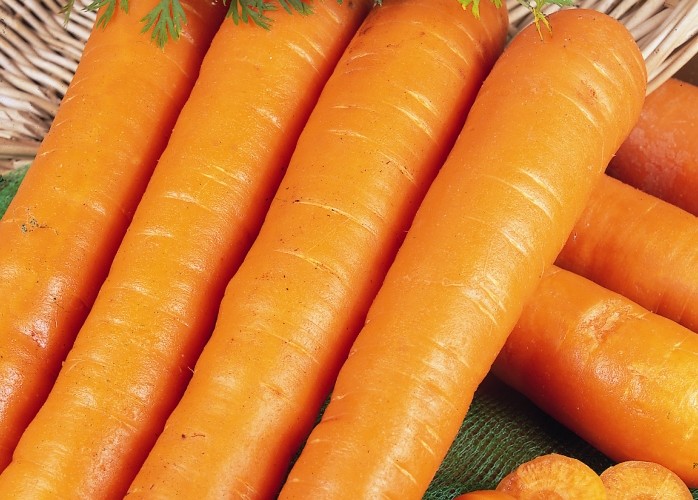Who doesn’t love growing a carrot or two?! If you’re keen to grow any kinds of root veg this season, then have a read of this for some top tips and enjoy growing a fabulous crop. These tips apply to carrots, parsnips, beetroot, celeriac, swede and turnips.
- It all starts with the soil: Root veg love light, fertile soil that has good drainage but doesn’t dry out. If you get this right you’ll be off to a flying start. One way to achieve this is to add plenty of well-rotted manure or organic matter a few months before planting. If you didn’t do this last year, then add some good quality compost and you’ll be ready to plant in May. If you have heavy, clay soil, you might prefer to dig a trench for your root veggies and fill the trench with compost before planting. Rake the top of the bed to break up lumps.
- Wormcast fertiliser is brilliant! Most gardeners will advise you to add a general fertiliser to the soil a week or two before planting. We take this one step further and recommend that you add a sprinkle of wormcast fertiliser as you plant each seedling. This is a slow releasing fertiliser which will keep them well-nourished throughout the season.
- Keep the soil moist, but not waterlogged: This is particularly important for celeriac. Try to make sure the soil doesn’t dry out during those dry spells, watering it often and well to keep a base level of moisture in the soil. This’ll help your veg a lot.
- Make sure you follow the spacings: Root veg need space both for their roots to form and for their foliage to grow. Giving the right amount of space (as detailed in our growing guide which you will receive with your order) will enable them to grow into healthier, bigger roots.
- Keep them weed free: Since they do most of their growing underground, roots more than other veggies need to be kept weed free so as not to compete with other root structures. We’d suggest using a small onion hoe to regularly loosen soil and unearth weeds to keep on top of weeds. Doing this will minimise disturbance to your crops as well.
That’s pretty much it. Of course you need to keep on top of pests (slugs and carrot fly are the most likely offenders) and disease, which is detailed further in the growing guide, but they are fairly self-sufficient if you get the above points covered.
Don’t forget that you can easily grow them in containers as well – just make sure they are nice and deep, with good drainage and keep them well watered as pots tend to dry out faster than raised beds etc.

